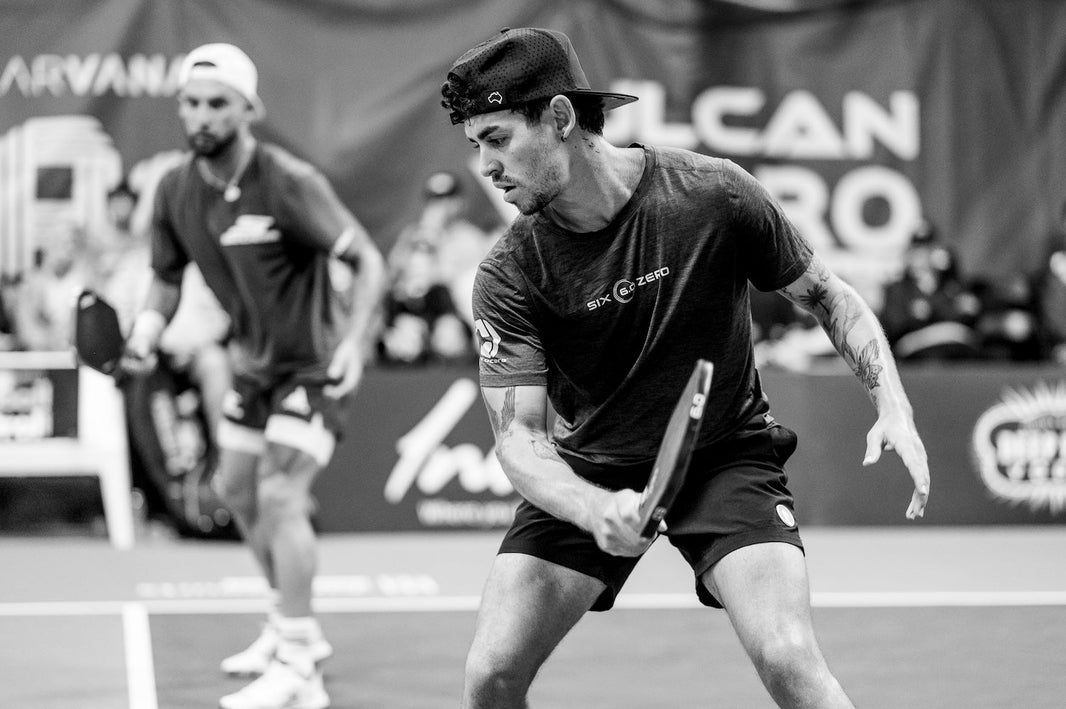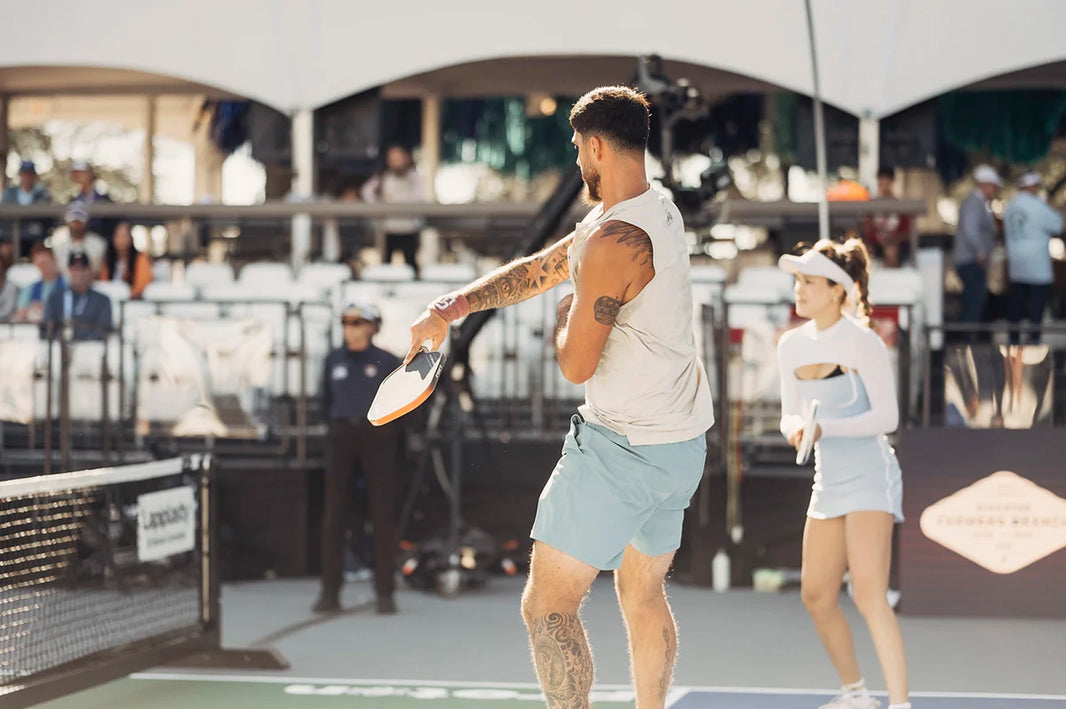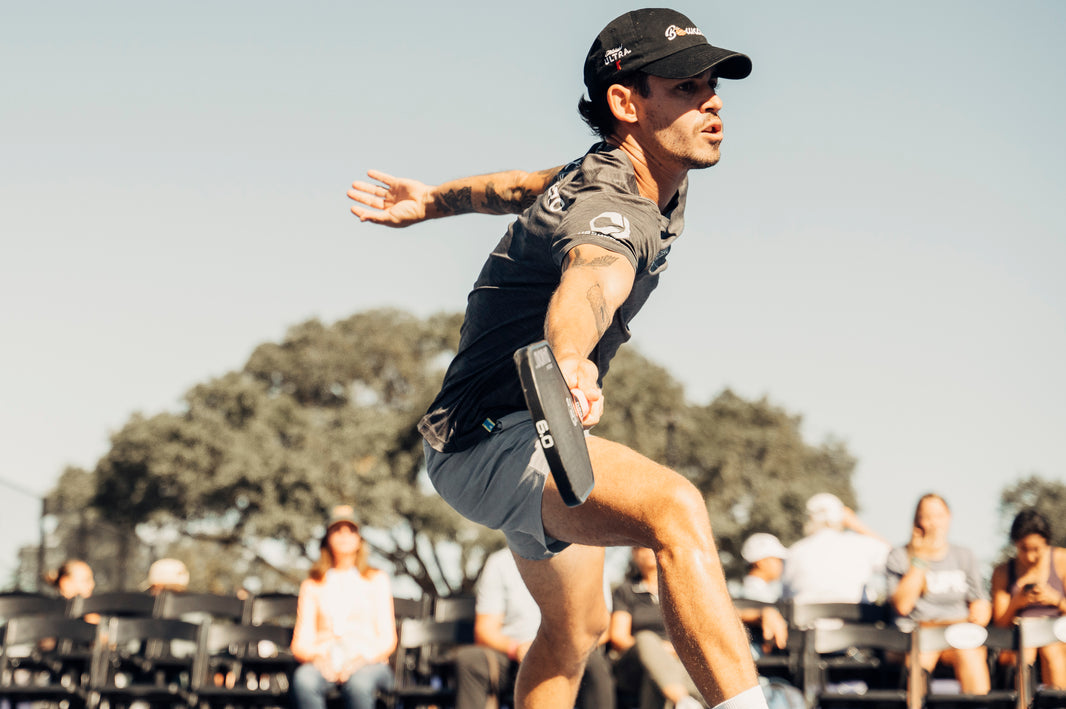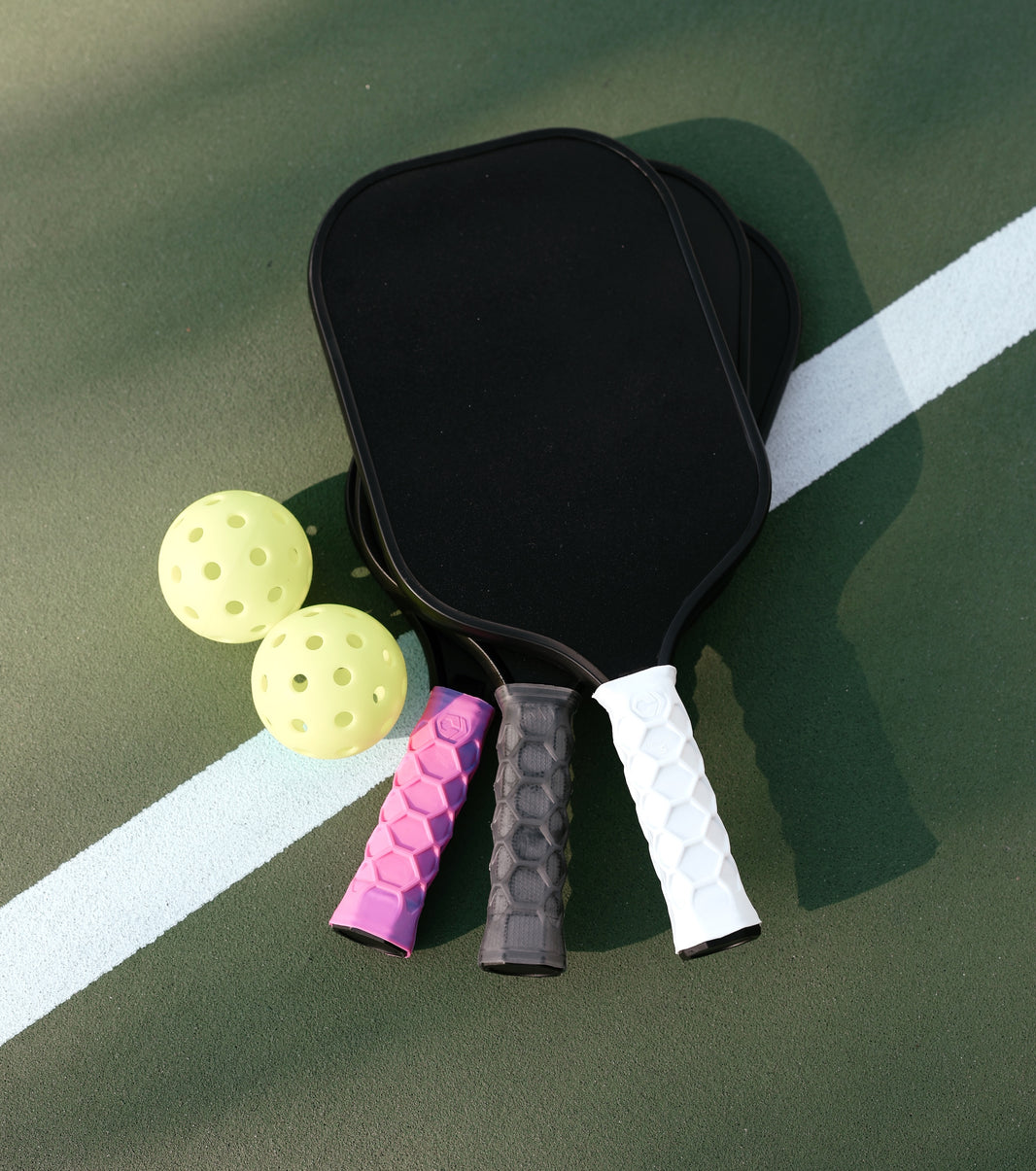Pickleball vs. Tennis: How the Fast-Growing Sport is Impacting the Court Scene
Over the past few years, pickleball has evolved from a niche game into a mainstream sport, reshaping the landscape of racquet sports across the U.S. and beyond. With its rapid growth and the need for more playing space, pickleball’s popularity has had a direct impact on tennis, one of its closest relatives. Here’s a look at how pickleball is affecting tennis, from court space to community dynamics, and why both sports may benefit from their shared momentum.
1. Pickleball's Surge in Popularity 📈
Pickleball is officially the fastest-growing sport in the U.S., attracting players of all ages and fitness levels. The game’s shorter learning curve, compact court size, and friendly social scene make it accessible to newcomers and offer a fast-paced alternative to traditional racquet sports. With millions of people picking up paddles, the demand for court space has grown exponentially, often putting pickleball and tennis in direct competition.
2. Court Space Competition 🏟️
One of the most immediate impacts of pickleball’s popularity is felt in shared court spaces. Many communities are converting existing tennis courts or creating dual-purpose courts to meet the demand for pickleball. For some tennis players, this change has been a challenge, as fewer dedicated tennis courts can mean less availability for their sport. In some areas, tennis players have raised concerns about pickleball’s impact, pointing to conflicts over court space and scheduling.
However, the crossover has also brought new life to underused facilities. Many public parks and community centers now see increased activity as both sports coexist, and courts that were once empty are now buzzing with energy. Some clubs even offer “multi-use” memberships, allowing members to play both sports, which ultimately benefits the broader racquet sport community.
3. Pickleball as an Entry Point for Tennis 🎾➡️🏓
While some may view pickleball as a competitor to tennis, it can actually serve as an entry point. Pickleball’s smaller court size, lighter paddle, and slower-paced ball make it less intimidating for beginners or for those who may struggle with the physical demands of tennis. Many people start with pickleball, gain confidence, and then take an interest in tennis. This gradual progression brings new players into the tennis world, introducing them to the sport and contributing to tennis’s player base.
4. Growing Community Engagement 👥
Pickleball has a unique social element, often being described as a “community sport.” The typical game format encourages doubles play, making it easy for players to engage and connect. Tennis clubs have picked up on this social element, with many hosting pickleball events and social mixers to foster a more inclusive environment. This shift not only attracts more members but creates a positive, community-oriented atmosphere that benefits both sports.
Additionally, tennis clubs and centers that have embraced pickleball are seeing growth in membership as they cater to a wider audience. This collaborative approach helps tennis clubs retain members who may have shifted to pickleball while attracting pickleball players who are interested in both sports.
5. Innovations in Equipment and Court Design 🔧
The rise of pickleball has sparked innovations in equipment and court design that benefit both sports. Many clubs now offer hybrid courts with adjustable nets and multi-sport flooring that accommodate tennis and pickleball. Companies are also introducing new racquets and paddles designed for crossover athletes who enjoy both sports. This cross-pollination has led to creative developments that enhance the overall player experience and help sports facilities stay versatile.
6. The Financial Boost for Tennis Facilities 💸
Pickleball’s popularity has also been a financial boon for tennis facilities. With more people interested in racquet sports, clubs, and public facilities can justify renovations, expansions, and upgrades that benefit both sports. For instance, a tennis club that adds pickleball courts may see a boost in membership and event attendance, allowing them to improve overall amenities. The increased traffic benefits tennis programs and helps facilities thrive, even amid changing sports trends.
7. The Challenges of Balancing Both Sports ⚖️
Despite the benefits, balancing both sports can present challenges. Some tennis players find the constant “pop” of the pickleball paddle disruptive, and scheduling conflicts can lead to frustration on both sides. To address these concerns, some facilities have implemented separate time blocks, sound barriers, or designated pickleball zones to minimize disruptions.
Ultimately, creating harmony between tennis and pickleball requires open communication and a commitment to community engagement. As both sports continue to grow, facilities that prioritize flexibility and inclusivity will be best positioned to meet the needs of both groups.
Final Thoughts 🌟
The rapid rise of pickleball has brought change to the world of tennis, presenting both challenges and opportunities. For tennis players, the impact of pickleball means more shared spaces and new dynamics. However, this growth also comes with benefits like increased membership, upgraded facilities, and a wider racquet sports community. In the end, the success of both sports hinges on collaboration, creativity, and a shared love of the game.
Conclusion: Whether you’re a die-hard tennis fan or a pickleball enthusiast, there’s plenty of room on the court for both sports. Pickleball may be taking the world by storm, but tennis is benefitting from the surge in interest and shared spaces. With a little balance, these two sports can continue to thrive side by side, creating a vibrant racquet sports scene for everyone to enjoy.








